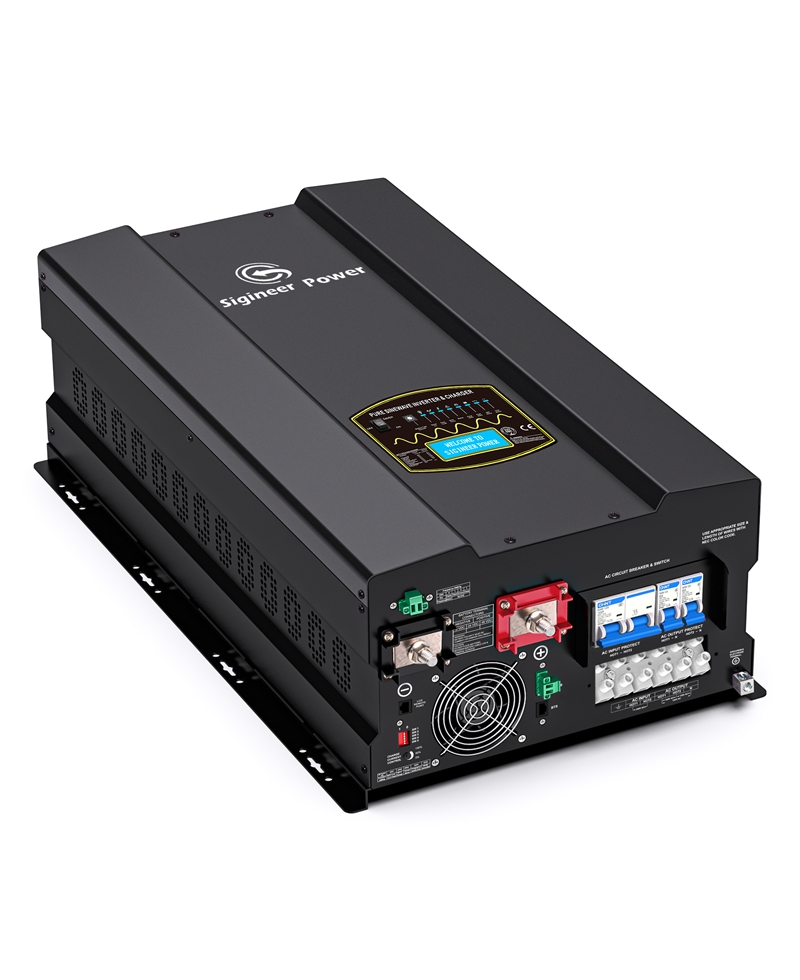I think that shows 48V lithium bank and two 96V AGM banks, each consisting of two 48V AGM banks with switch between them.
The lithium bank can switch to parallel with each 48V AGM bank.
When switch in middle separates 96V bank into two 48V banks, I don't think any current can flow to motor.
I think lithium bank is supposed to be able to charge or share current with 48V AGM banks. But can't charge effectively, need it to be higher voltage but regulated current (or voltage.)
Assuming 48V lithium banks are not designed for series use, I think a high current reverse-polarity diode across them (like bypass diode of PV panel) would protect them. That would let you make 96V lithium.
Some form of isolated DC/DC charger could charge multiple 48V AGM banks from 48V lithium bank. An off the shelf method would be inverter fed from lithium, feeding Chargeverter. Inefficiencies of double conversion, but at least it is off the shelf.




